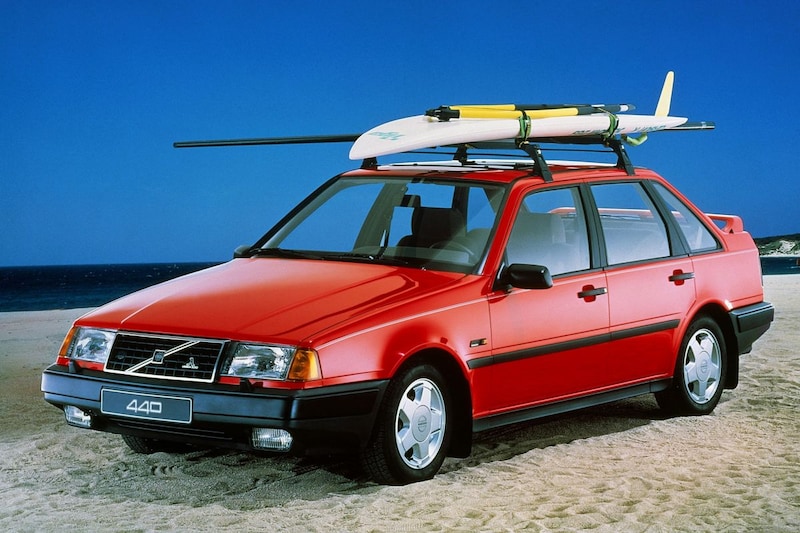Just like 300 intermediate size

There is always a Volvo that can call itself the smallest among all the new models in the showroom, although the Swedes are always quite large cars. Now it is the EX30, more than thirty-five years ago it was the 440.
Volvos were never or are never really small, with the exception of the 66. The 343 may have looked like a Golf in 1976, but was significantly larger. And more expensive, which was not so easy to explain initially. The 440 appeared in the summer of 1988, a moment that must have filled every true Dutch car enthusiast with pride – the model, like the spectacular 480 ES, was developed by the Dutch department of the brand and also went into production in Born. Much more than the 480, it was a real Volvo to look at, including a high grille and the angular lines that gave the Swedish models their unmistakable profile – this would be even more true for the 460, the later four-door sedan.
In addition to the 300 series
The 440 had to tolerate the 300 series in the first years of its existence. Difficult, because the 360 had the 2.0 engine that the 440 did not get. His 1.7 from Renault performed well, but even with a turbo it could not match the tough and unyielding quality of the Swedish engine. The 300 series was phased out over a period of four years, after which the 440 was allowed to pull the Volvo cart as an entry-level model. No easy feat, because, just like the 343, its dimensions apparently ended up somewhere between the established segments. The 440 was considerably smaller on the outside than the equally expensive Mazda 626 and Peugeot 405, but according to Volvo’s own ruler it still offered more linear centimeters of interior space. Apparently it was exactly the right formula, because the 440 sold excellently all the time. In 1989, the first full sales year, it was already number 12 in the Dutch sales rankings, and in 1992 (when the 340 departed) it even shot up to 4th place. After that, thanks to a successful facelift and an increasingly wider range (with turbodiesel, CVT and the desired 2.0i), it would remain in place 7 or 8, with only the Vectra and the Mondeo and the usual toppers Astra, Golf and consorts. The popularity even remained intact until the S40 and V40 arrived in 1996. No, they were never actually bad days for this great piece of Dutch hope.
– Thanks for information from Autoweek.nl